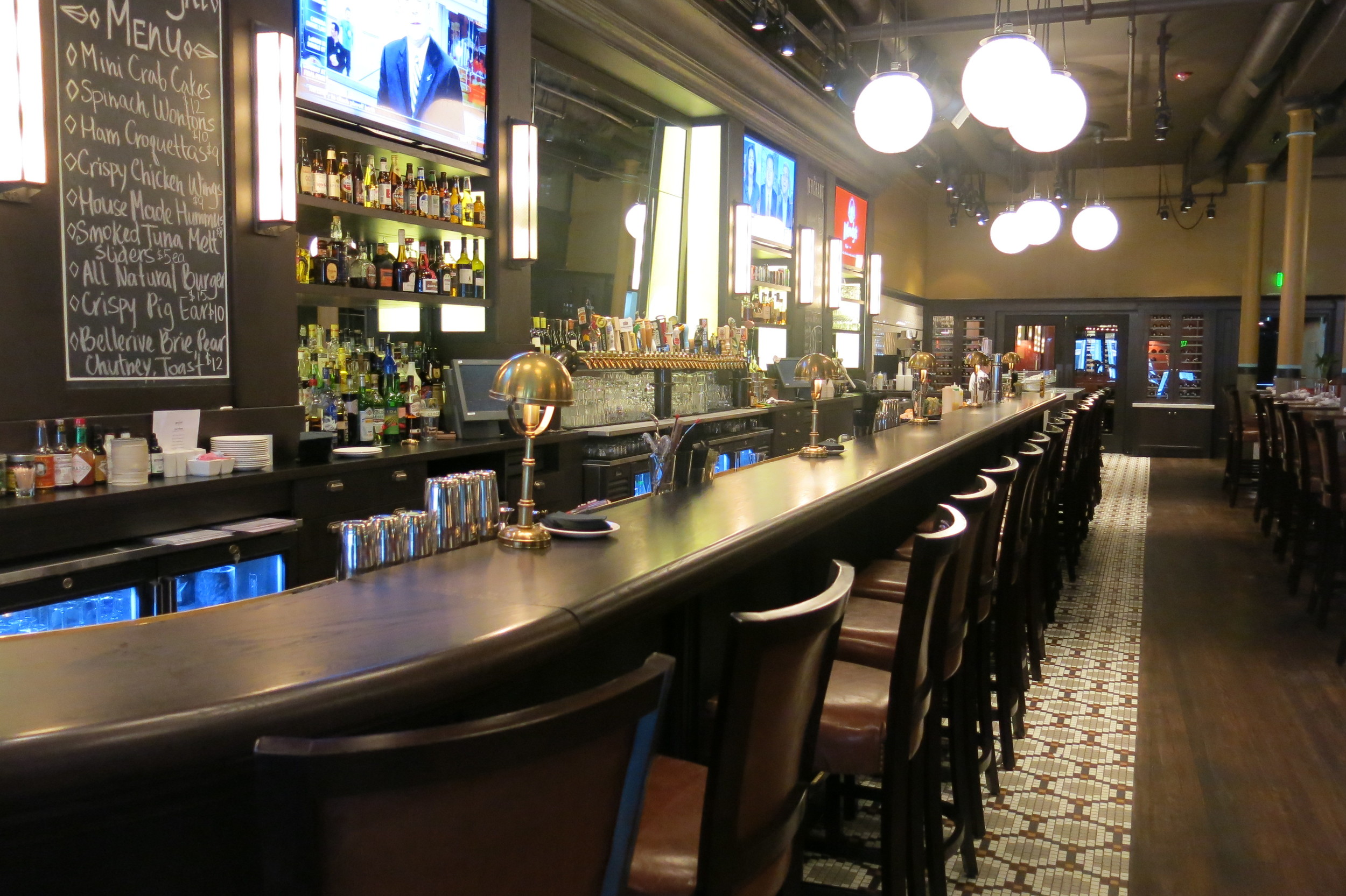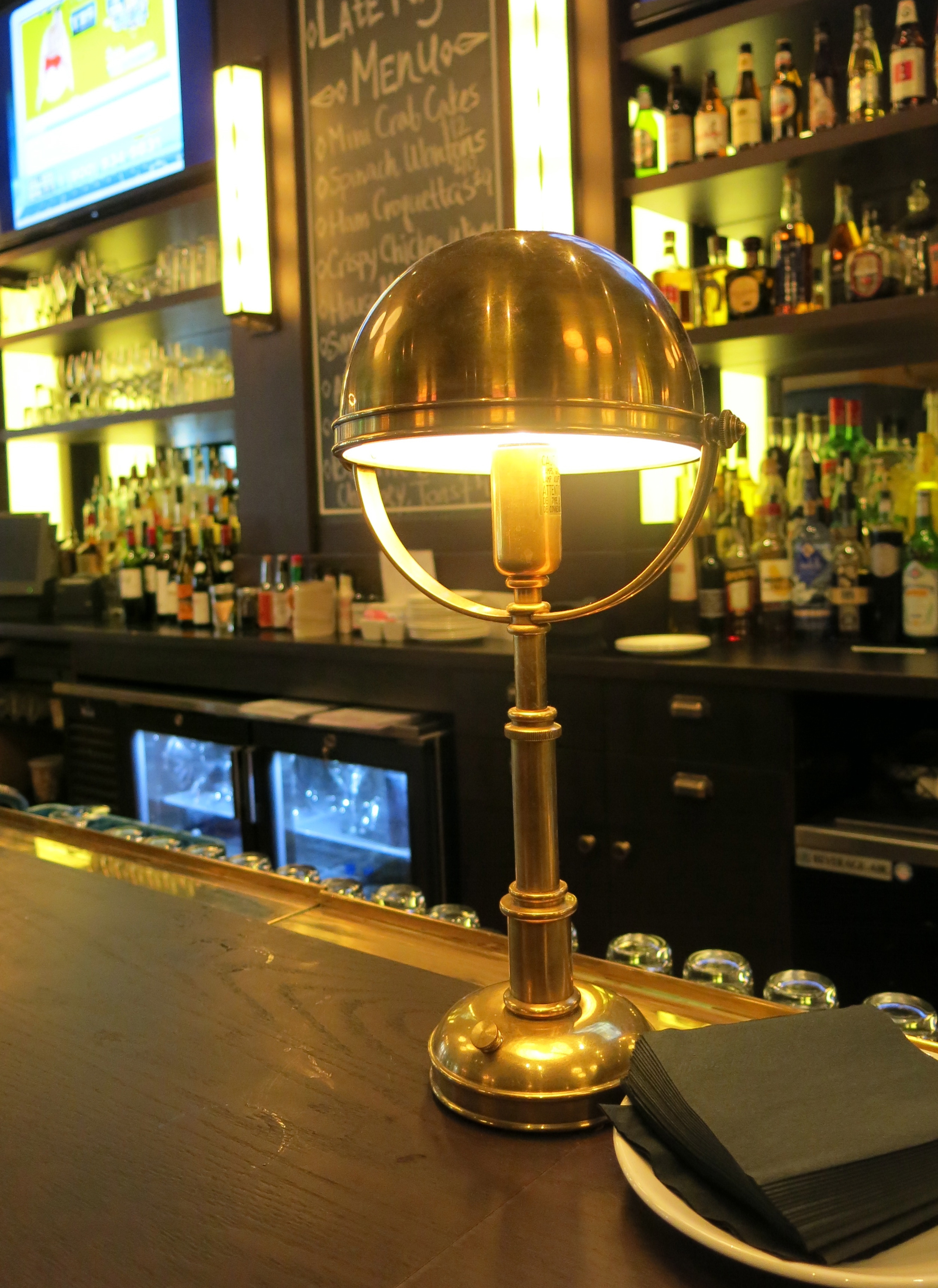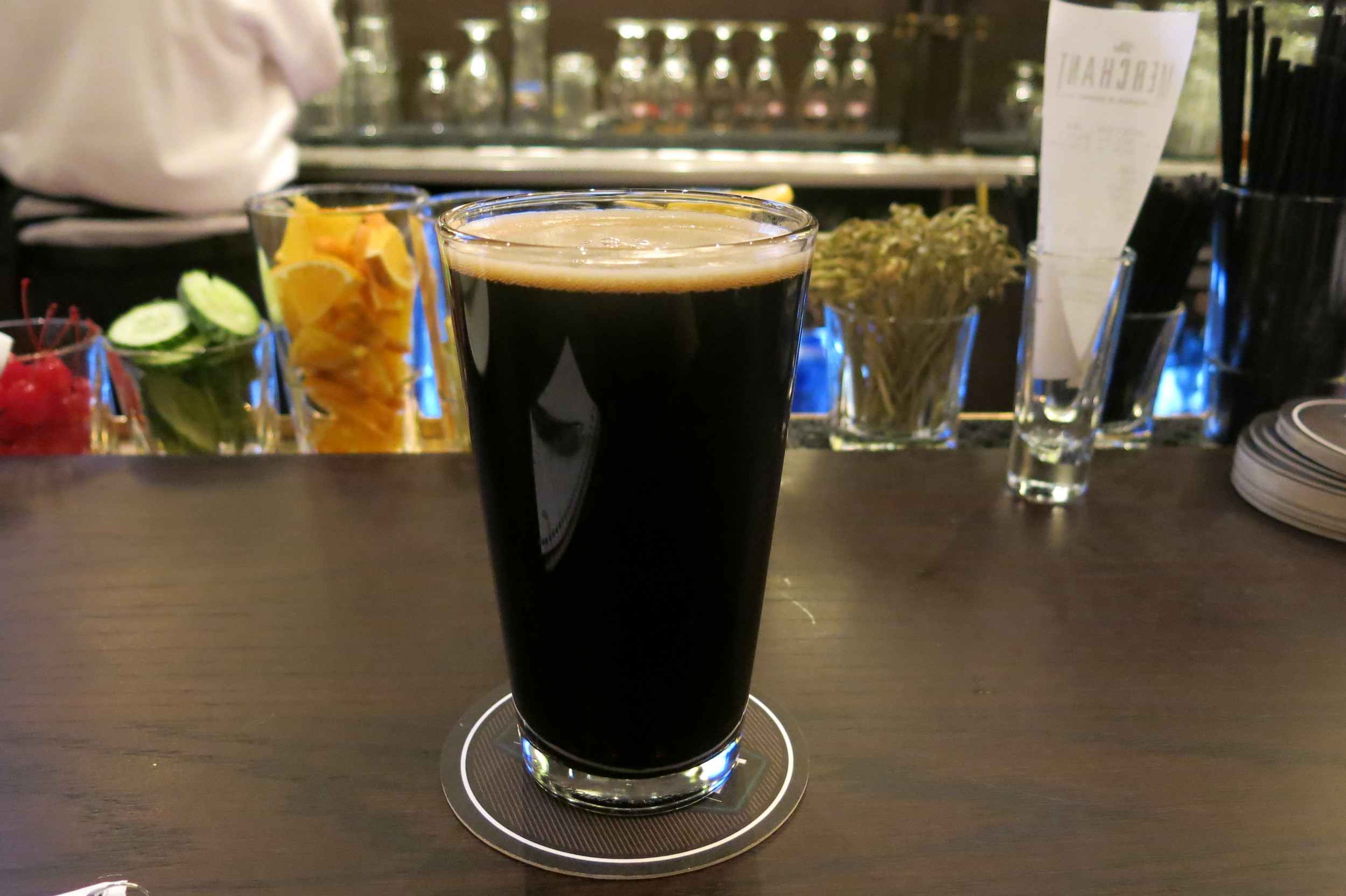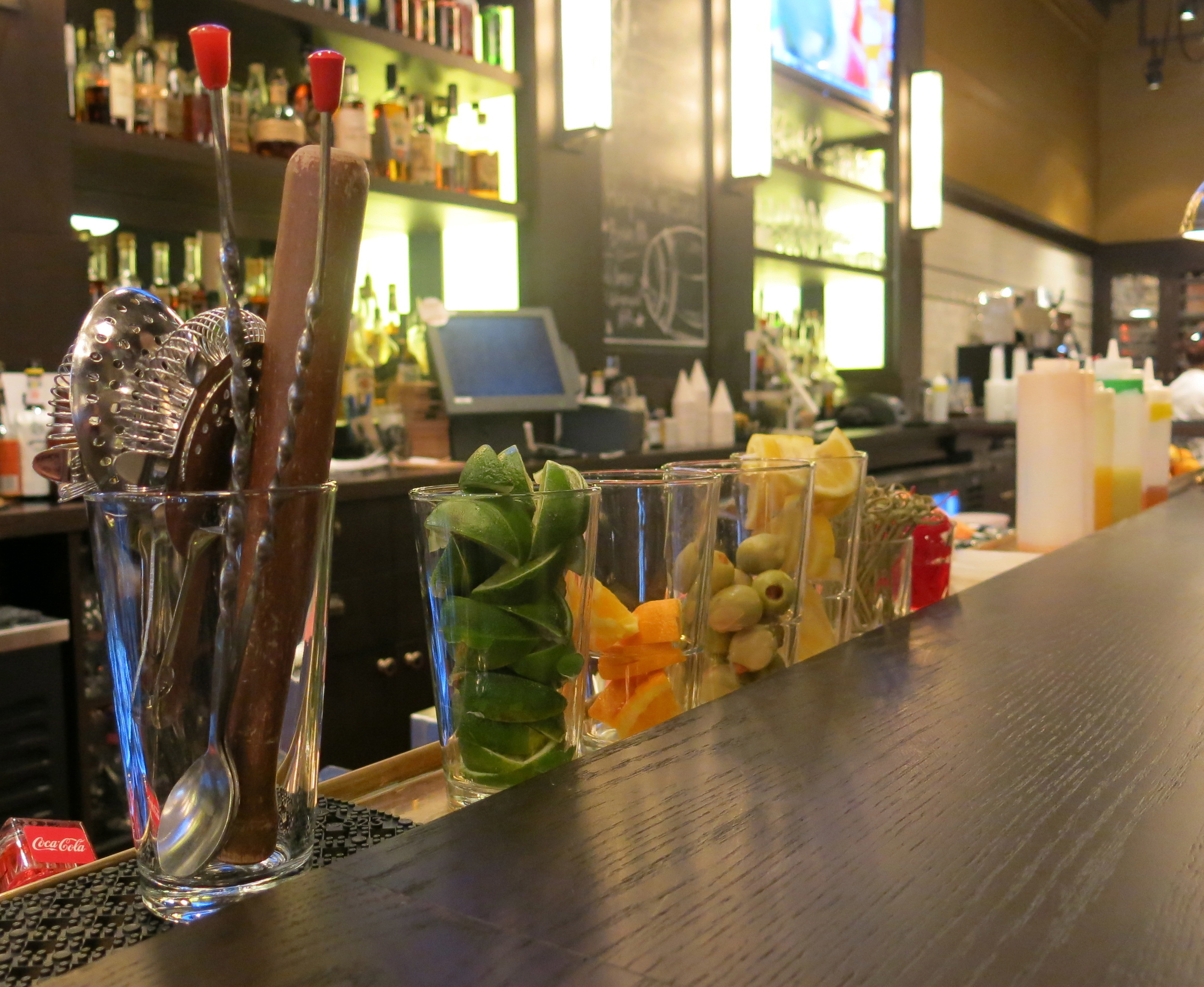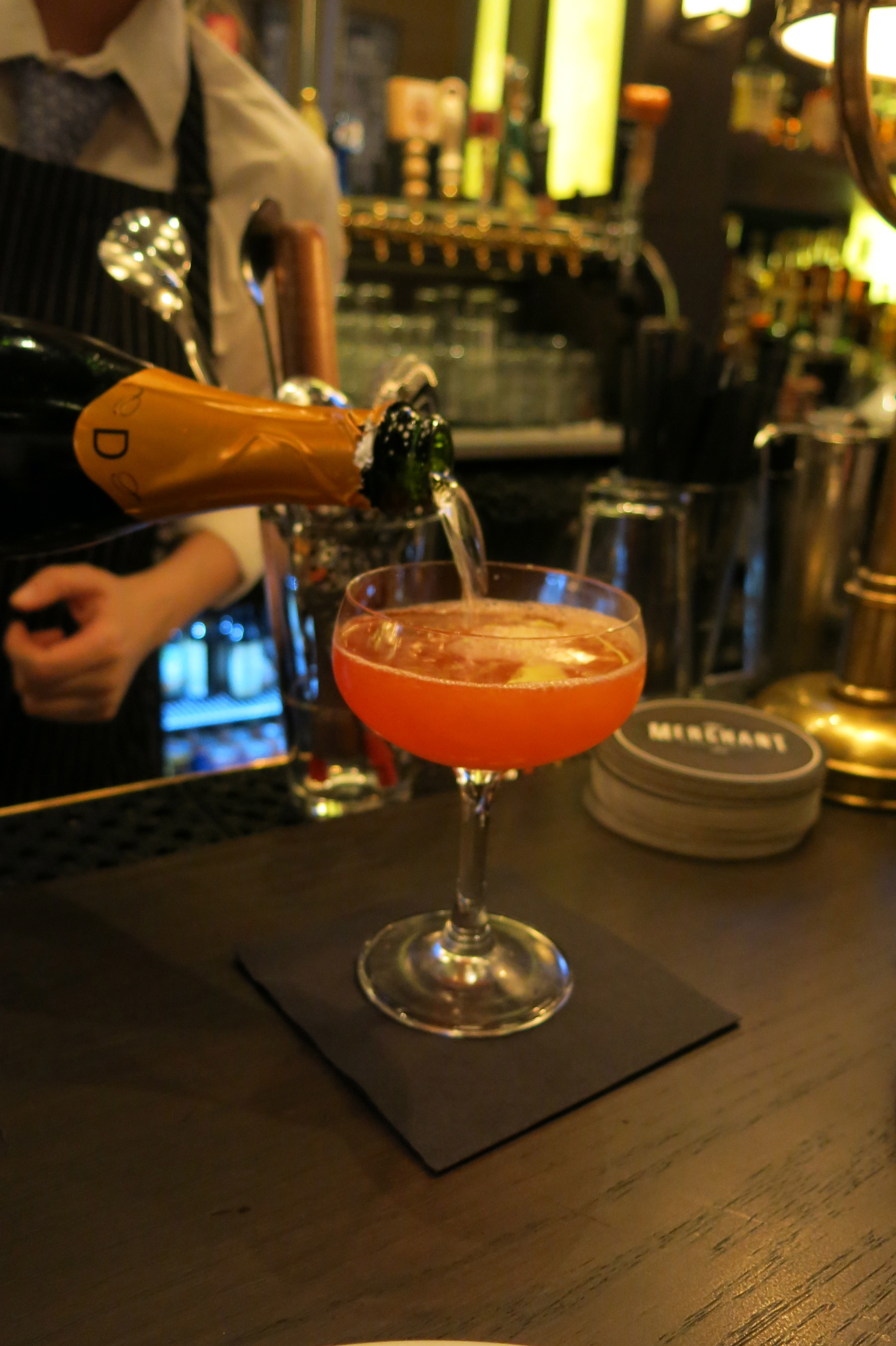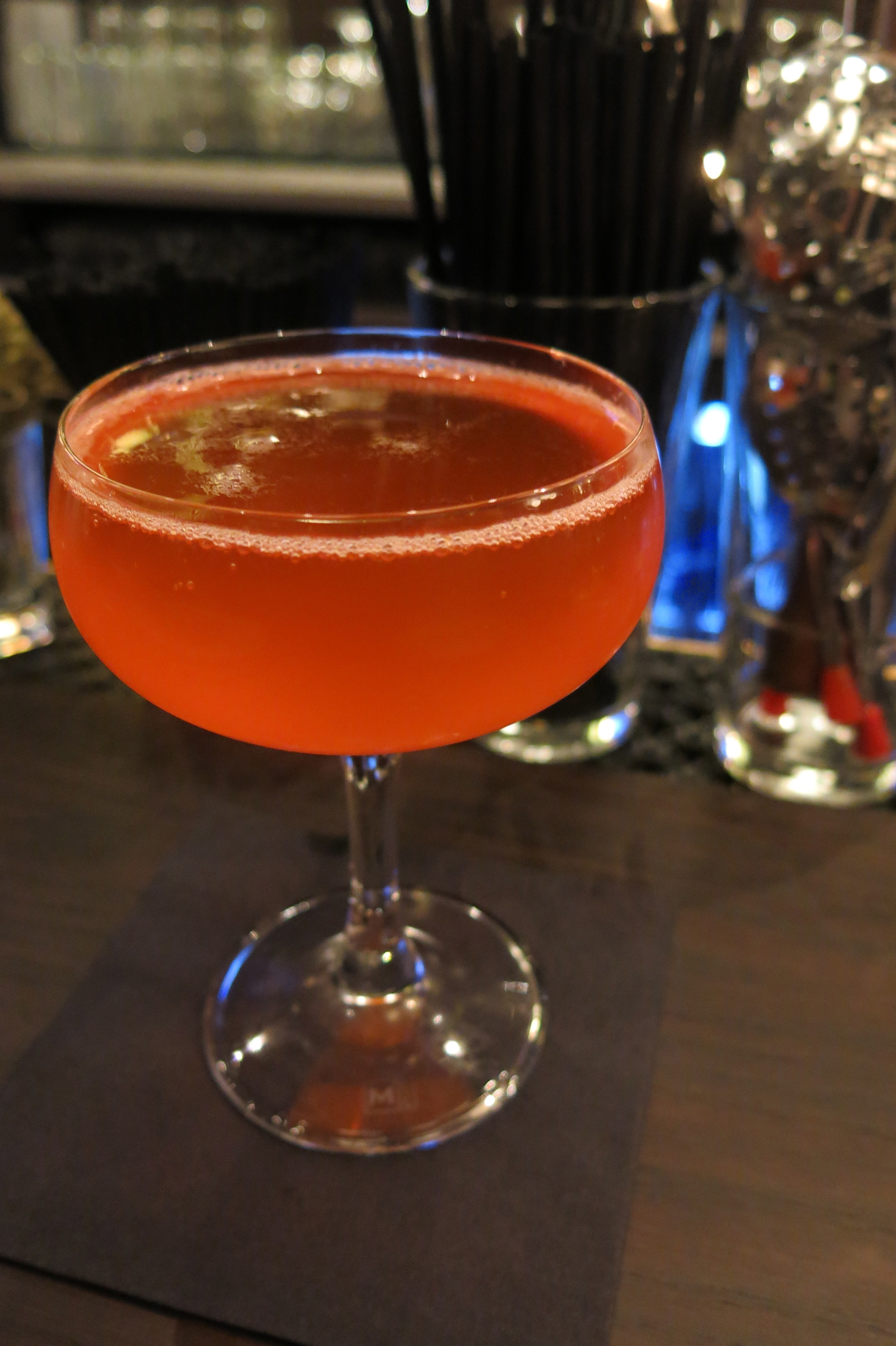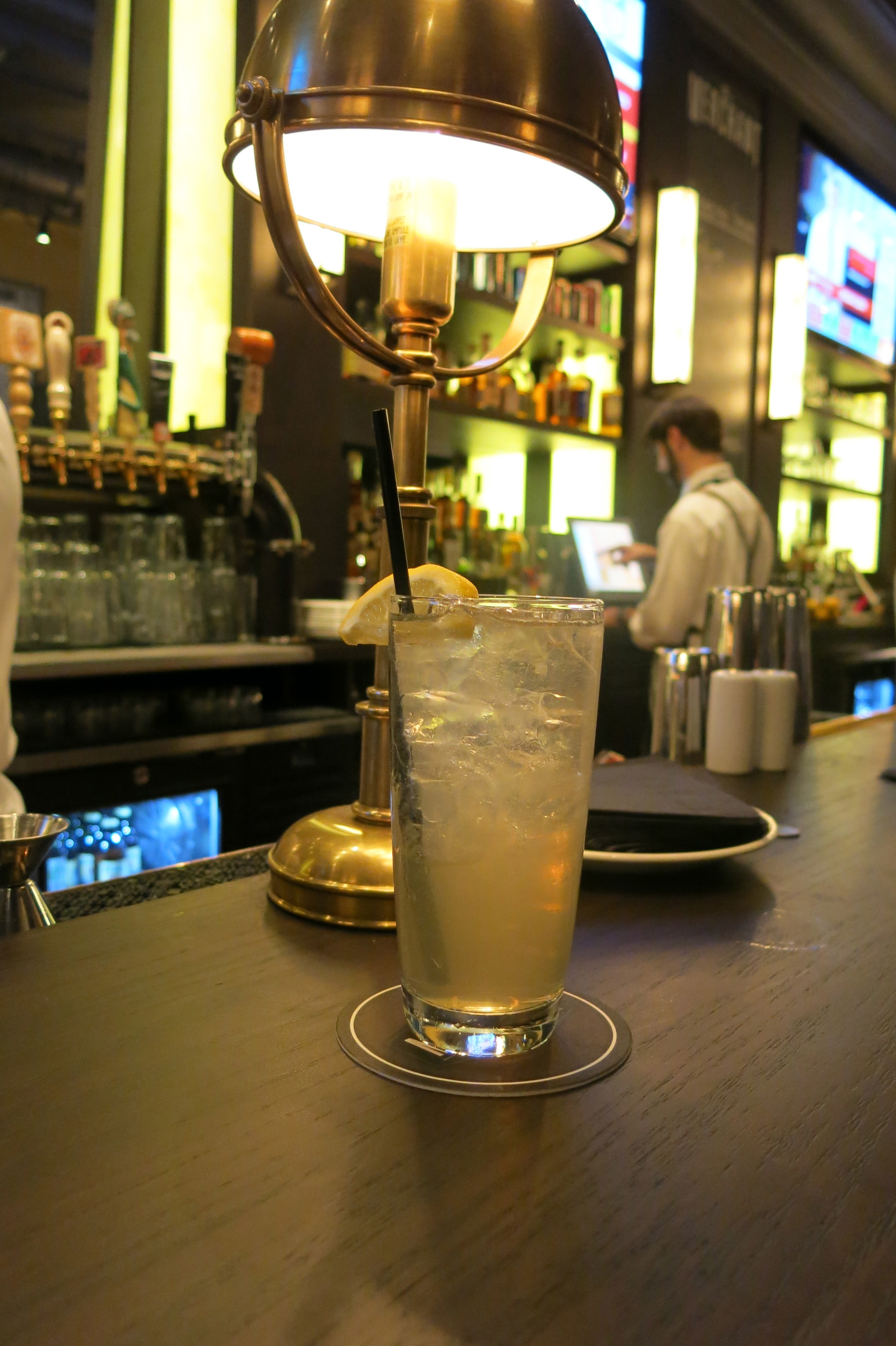Aging, weathered signs atop discount jewelry shops. Narrow side streets that never see the sun. An enormous, unsightly crater where once stood a humble but iconic local institution.
Amid the budget retailers, seemingly endless construction, and a few long-vacant storefronts, it’s almost difficult to believe that Downtown Crossing was once the thriving epicenter of Bostonian commerce and culture. It’s still a bustling neighborhood, of course, full of shops, food carts, and throngs of pedestrians traipsing through brick-lined streets that are mostly closed to vehicular traffic. But these are mere vestiges of Downtown Crossing’s early 20th century heyday, when Jordan Marsh and Filene’s pioneered the concept of department store shopping and Bostonians flocked to the downtown area to eat, visit theaters, and browse the latest fashions.
The neighborhood’s popularity and prestige diminished rapidly after WWII, when the suburbs siphoned off a quarter of the city’s population and new malls pushed stand-alone department stores to the brink of obsolescence. Since then, the aspect and character of Downtown Crossing have been in a state of perpetual flux – bold store openings and quiet closings, stop-and-start efforts at revitalization, and prolonged periods of general seediness.
But downtown Boston finally started trending in the right direction when Suffolk University and Emerson College expanded their campuses into the longtime shopping district. Their presence attracted new businesses, many of which embraced the golden era of the historic neighborhood. When Stoddard’s opened in 2010, for instance, it assumed the name of the 19th century cutlery shop that once operated in its space. The long-shuttered Paramount Theater, a 1930s-era movie palace that was among the first cinemas in Boston to show “talkies,” was renovated and reopened as a modern performing arts venue.
Likewise, the newest contributor to the rebirth of the downtown area hints at the bubbling potential of this evolving neighborhood while paying homage to its storied past.
The Merchant, a self-described American brasserie, opened its doors last month on the edge of Downtown Crossing and the cusp of the Financial District. Serving an eclectic French-American menu with an emphasis on local ingredients, the large restaurant and bar evokes the sophistication of old-school Boston dining and infuses it with a modern sense of comfort and style.
A long bar with a beautiful wooden top is surrounded by 21 comfortable leather seats. The navy blue, pinstriped aprons donned by the bartenders recall an age gone by, as do the vintage-looking brass table lamps spaced along the bar’s surface.
A spacious dining area is populated by small tables and a few red leather booths. The dark wood and burgundy color scheme gives the interior a conservative, distinguished look, but globe lighting, chandeliers, and brass floor lamps give the space a warm, welcoming appearance.
“We wanted something that would stand the test of time,” co-owner Shane Smyth says of The Merchant’s look and feel. “Not something trendy, not something that might look good for 5 years and then you have to do it over again. We wanted to open a place that was classic, timeless.”
For that, they couldn’t have chosen a more auspicious location – the previous tenant, luggage retailer London Harness, occupied the space for nearly a century. “We wanted to keep some of the character, keep with the merchant theme,” he explains. They retained portions of the infrastructure as well. “We kept as much of it as we could,” Smyth says. “We were able to keep the mezzanine, the flooring, the ceiling is original.”
The notion of a brasserie originated in France and refers to an informal restaurant that serves food all day and late into the evening. It also translates to “brewery,” and while The Merchant doesn’t brew its own beer, it does boast an impressive selection. The 36 draft options span a broad range of styles and feature a number of regional offerings, like Slumbrew Happy Sol.
“Being in the Financial District and downtown, we couldn’t have all craft beer,” Smyth acknowledges. “But we want to have something for everyone, and having that many lines gives us the opportunity to change it up on a regular basis.”
A few local, limited release beer specials are posted on a chalkboard behind the bar. This farmhouse saison from Fort Point’s Trillium Brewing is crisp and fragrant.
If microbreweries are too big for you, try a beer from Boston’s only “nanobrewery.” Each batch of Everett’s Idle Hands Craft Ales is limited to five barrels, making it a pleasant surprise to find one on draft. This Belgian stout, appropriately called “Absence of Light,” has notes of chocolate and unexpected hints of fruit and spices.
That celebration of local wares and devotion to craft is especially evident in the food menu. Executive chef Matt Foley and sous chef Tim McQuinn are both alumni of the renowned Craigie on Main, so it’s fair to say they know their way around a kitchen. Their menu centers on locally sourced ingredients and caters to just about anyone who might be passing through downtown – theatergoers seeking a quick pre-meal bite, businesspeople on lunch from the adjacent Financial District, and those in search of a creative, meticulously prepared meal. The kitchen even stays open until 12 or 1 a.m., depending on the night of the week, for those working the late shift.
Traditional French items like duck l’orange and steak frites share space with steak and eggs, slow-roasted chicken breast, seafood dishes, and a raw bar. Chef Foley brings elements of Craigie on Main’s “snout to tail” approach to The Merchant, with items like the crispy pig ear on the late-night menu and the most eye-catching entry on the appetizer menu – veal sweetbread “nuggets.”
“Sweetbread,” for those of you sort of know but are afraid to know more, is a most delightful name bestowed upon the thymus or pancreas of a calf, pig, or lamb. Nothing about it is sweet and there’s usually no bread involved. I guess the term just sounds more appetizing than “organ meat.” The Merchant’s tasty version is reminiscent of a veal cutlet, but milder and with a much softer texture. Crunchy house-made chips provide a simple contrast.
More straightforward options are available too, if that’s your speed. Crispy wings are served in a sweet and sour sauce over a spicy Asian slaw.
And there’s nothing deceptive about the hot and cold crab dish, which is exactly what its name implies – a traditional, seared crab cake topped with a zesty tartar sauce, and a chilled citrus crab salad topped with a soft house-made pretzel.
Even the bar staff seem genuinely impressed with the kitchen’s efforts. Andy, a veteran bartender who’s worked at No. 9 Park and Clio, remarks that Foley always manages to get “amazing” crab. Bartender Becca calls the sweetbread “special.” Another bartender, Mike, is effusive as well. “They put more work into food preparation than I’ve seen anywhere else,” he says, noting that in addition to the chefs’ locavore tendencies, they make nearly everything from scratch and brine meat for at least 24 hours. That even goes for the phenomenal country fried chicken sandwich on the lunch menu.
Topped with a sweet, nutty Gruyère cheese and a smoked tomato aioli, the tender chicken isn’t the heavily breaded fare you might expect of a fried chicken sandwich, and the aioli gives it a mild smoky essence.
The Merchant’s appreciation for Boston history, fondness for local brands and fresh ingredients, and penchant for innovation all converge on the cocktail list.
“I’d call it ‘big tent,’” bar manager Ian says of the cocktail program and the diverse set of tastes it appeals to. “You can come here with a big group, and everyone can find something they like.”
The time-honored Old Fashioned gets a Back Bay-style makeover in the Newbury Fashion. Combining bourbon, a house-made mixed berry syrup, Angostura and orange bitters, and splash of soda, it’s a strong, sweet cocktail with a hint of spice.
That mixed berry syrup adds a rich, fruity character to the effervescent Ritz Spritz, combining with Aperol, fresh lemon, and sparkling wine.
The Boston Collins uses locally distilled Bully Boy vodka, Earl Gray syrup, fresh lemon, and soda. Sweet and light, with mild flavors of black tea and lemon, it’s a drink well suited to the gradually warming weather.
Another local distiller shines in the Violet Hour. GrandTen’s Wire Works gin combines with Crème de Violette and fresh grapefruit juice for a vibrant, floral cocktail with a pale purple complexion.
As inventive as the drink list is, there’s a certain simplicity to the offerings – and a deliberate sense of approachability. “Some places are just overreaching,” Ian says. “No one will come in here and feel like they ordered the ‘wrong’ drink.”
Speaking of which, the Negroni has never quite been the “right” drink for me. I regret to say I have an uneasy relationship with the popular aperitif Campari. So I probably wouldn’t have ordered The Merchant’s “Pegroni,” which adds Punt e Mes to the already bitter proceedings, had Ian not handed me one unsolicited.
But his interpretation is unlike any other Negroni I’ve encountered. While it maintains its trademark bite, orange-infused Cold River gin and orange bitters mellow the bitterness and give the drink a surprising citrus character. An orange twist provides an effervescent bouquet.
The drink list will change periodically, as will the food menu; the availability of local, seasonal ingredients will likely influence both. But that only means The Merchant’s offerings will remain fresh and dynamic. And for a restaurant in a neighborhood long characterized by transition, that seems entirely appropriate.
Last Call
The glory days of Downtown Crossing exist mainly in our collective memory. Faded black and white photographs attest to the neighborhood’s pre-war vibrancy, and our elders’ stories of visiting the beloved Enchanted Village, the Jordan Marsh window display that grew into an annual holiday phenomenon, offer hints of what was once its special charm.
“We felt that downtown was making a comeback,” Merchant owner Shane Smyth says. And while the 21st century iteration of Downtown Crossing might not be anchored by large department stores, the neighborhood is already growing into a contemporary entertainment district with deep historical roots. Even the notorious hole in the ground that was once Filene’s Basement, the store that popularized the concept of bargain basement shopping, is finally being filled with the foundation of the much-ballyhooed Millennium Tower.
Downtown Crossing’s identity will continue to evolve, but its geography won’t – which means it will always be a busy area. Smyth understands this, and recognizes that The Merchant’s success depends on its broad appeal. “We wanted to open a neighborhood place for a neighborhood we believe in,” he says. “Open early, open late; a focal point for people moving into the area, people who are already there, people who are shopping, tourists.”
It’s a simple vision and a laudable goal in a neighborhood poised to recapture its onetime splendor.
Address: 60 Franklin Street, Boston
Website: http://www.themerchantboston.com/
* * * * * * * * * * * * *
Copyright © Boston BarHopper. All Rights Reserved.

